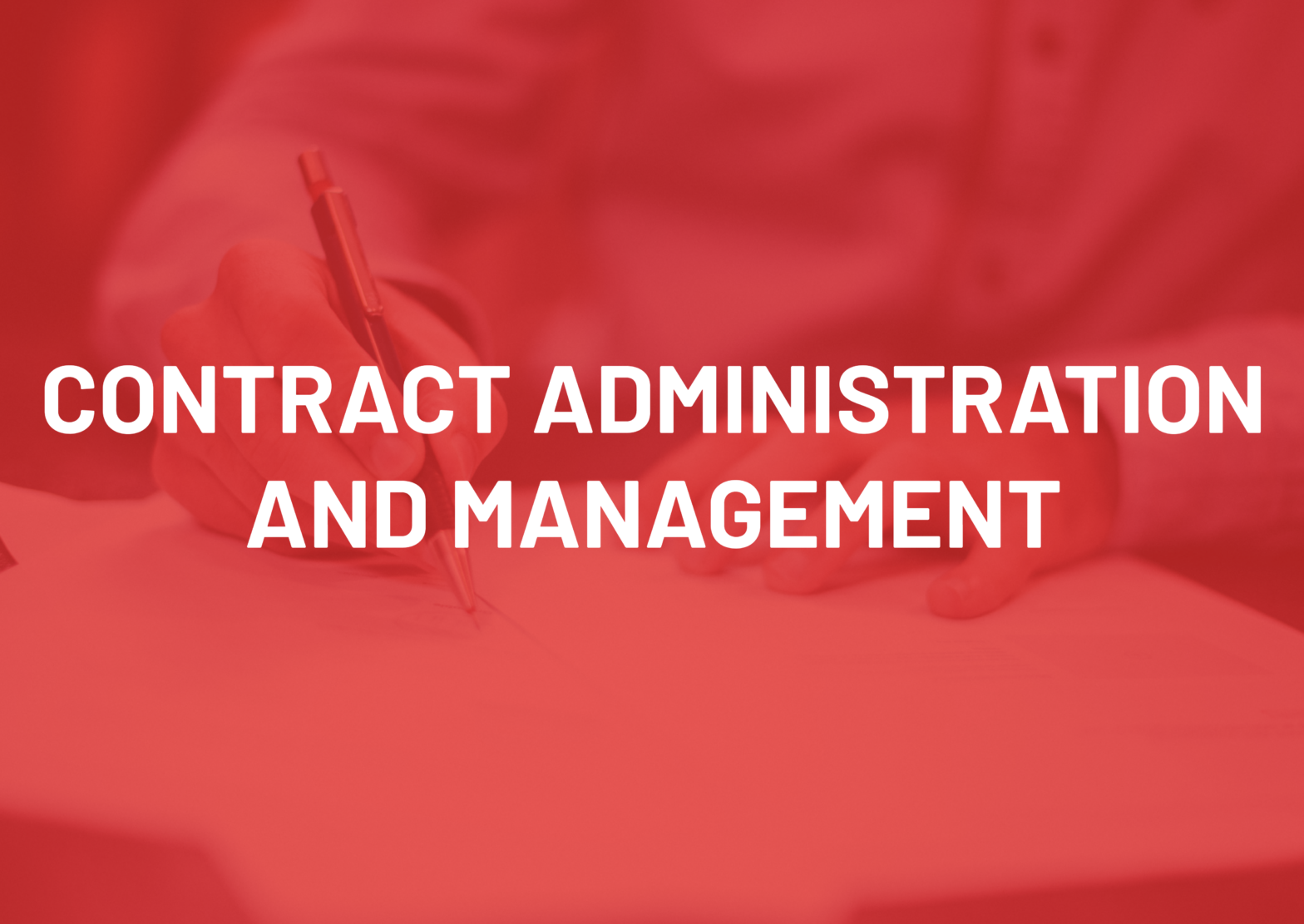We met Ms. Schultz, a Statewide IT Procurement Manager for the State of Arizona, at this year’s NASPO Contract Leads Conference. We were fascinated by her passion for supplier management, so we interviewed her on how to implement supplier management practices in central procurement offices.
Ms. Schultz has a B.S. in Global Business Management and Administration and an MBA in Finance and Forensic Accounting from Western International University, and she has spent the last 30 years in strategic sourcing in both the private and public sectors. According to Ms. Schultz, supplier management is identifying “your top tier vendors that provide products and services, and driving quality… by building relationships and [having] honest communications about your expectations.”
Supplier management practices provide the opportunity to mitigate risks and improve performance throughout the life of a contract. By establishing a transparent, fair, and open relationship with your supplier community, you support a competitive procurement process with great benefits to the public, suppliers, and the state. These benefits include:
- Saving taxpayer’s dollars
- Delivering higher-quality products or services
- Mitigating risks through strategic sourcing
Ms. Schultz notes that one of the reasons state procurement offices need to utilize supplier management practices is that, when dealing with a supplier, “you have to be able to know what product you’re buying… [and] what kind of agreement comes with those products … and in order to do that, you have to manage that vendor.”

However, implementing new supplier management practices isn’t always easy. According to Ms. Schultz, time, employees already being stretched to fulfill additional duties, and funding limitations are potential roadblocks preventing procurement offices from establishing successful supplier management practices. To navigate through those roadblocks and other barriers, Ms. Schultz shared her advice on three practical steps you can implement in your office to improve supplier management.
3 Tips to Implement Supplier Management
1. Identify your top 5-6 contracted suppliers.
To get started, target key suppliers for your supplier management program rather than trying to make changes to all of the contracts you manage at once. You can use the following criteria to identify those key suppliers:
- Largest spend
- Track record/performance
- Length of contract
- State’s priority level
- Complexity of the scope of work
Once you have identified your top 5-6 suppliers, you can start investing time and building relationships to support open communications, create more reliable sourcing, and mitigate risks.
2. Understand your contract.
After you’ve identified your key suppliers, you need to understand each contract. Thoroughly reading the contract is essential. By doing this, you ensure that you and the supplier both have a clear understanding of the following:
- Roles and expectations
- Responsibilities of each party
- Service Level Agreements (SLAs)
- Key Performance Indicators (KPIs).
Understanding these points can prevent confusion and unreasonable expectations. For example, if a supplier is not fulfilling their responsibilities or an SLA breach occurs, understanding your contract will allow you to know the necessary steps for remediation and risk mitigation. Also, using a rating system to evaluate your supplier (i.e., delivery, customer service, etc.) can encourage better conversations and provide corrective actions resulting in better performance. If you want more information about tracking and planning for supplier performance, check out NASPO’s podcast episode on supplier performance tracking.
Overall, understanding your contract will enable you to look for opportunities to improve during the contract’s life or make them aware of changes that need to be made when the contract is up for solicitation.
3. Obtain Reports/Metrics.
As a procurement officer, you need to have concrete data to help inform your planning and decision-making. The following data can help create a more accurate picture of the contract in the current climate and consider future scenarios:
- Spend Analysis
- Profitability
- Improvement of products
- Inflation prices
- Fuel costs
- Delay charges
- Delivery prices
Having a discussion around these data points creates accountability and visibility. It provides an accurate insight into the supplier’s operations and provides the opportunity to cross-reference their information with your internal data to further ensure transparency, fairness, and openness.
Ms. Schultz’s tips are a great way for you to start implementing supplier management practices in your procurement offices. Remember, the goal of supplier management is to create an environment that fosters meaningful relationships between suppliers and the state and to provide a space where the best goods and services can be purchased at the best price for everyone’s benefit. For more information check out these articles:

Ms. Schultz, Statewide IT Procurement Manager, AZ
